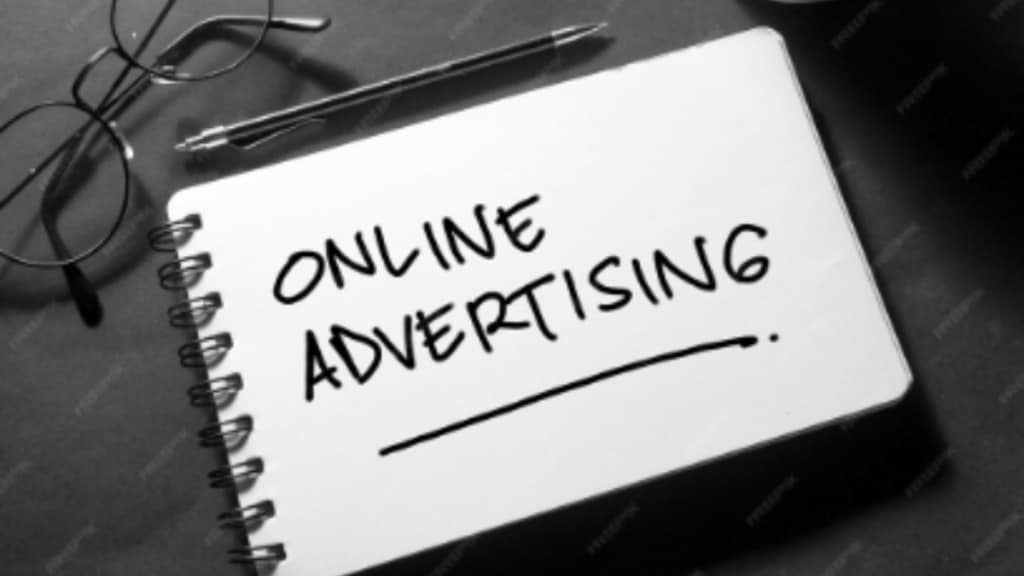Nearly three out of five Indians skip digital video ads the moment they can, and the consequence is showing up sharply in brand memory. A new white paper by the RK SWAMY Centre for Study of Indian Markets (CSIM) revealed that, despite digital video becoming India’s most consumed form of entertainment, the advertising that floods these platforms is barely registering with viewers.
The study, based on face-to-face interviews with 3,000 respondents across 10 major cities, shows that while consumers collectively recalled more than 600 brands, each individual could remember just about 1.5 brands. Only 11 brands, including Zepto, Zomato, Meesho, Nescafé, Flipkart, Amazon, Swiggy, Blinkit, Country Delight, RummyCircle and Dream11, managed to cross even a 3% recall mark, highlighting the extreme fragmentation in digital attention.
Recall, but no recognition
What is worrying for advertisers is not just low recall, but the shallow nature of it. Viewers struggled to associate ads with specific brands, often describing them generically as ‘the mobile ad’ or ‘the clothes ad’. Most recalled brands belonged to categories such as food delivery, e-commerce, coffee and groceries, spaces where daily usage may drive recognition more than the advertising impact. S Narasimhan, EVP and Chief Digital Officer at R K SWAMY, said it was “disappointing” that so few respondents could cite any distinctive details of the creative, considering the massive sums spent on digital video.
Skip-driven ecosystem
The weak recall, according to the report, stems from the nature of India’s digital video environment. Consumers watch an average of 2.17 hours of video daily, mostly on mobile phones, across platforms like YouTube, Facebook and Instagram, but the experience is fragmented and non-appointment-led. Personalised impressions, inconsistent ad frequency, and the absence of a shared primetime reduce the chances of brands breaking through. Nearly 60% of respondents said the ads served to them felt irrelevant, further contributing to low engagement. Even on YouTube, India’s most-used video platform, recall was poor despite high usage and reach.
WhatsApp wins where ads don’t
A striking contrast emerges in the study’s finding that peer-to-peer content outperforms paid advertising by a wide margin. Three out of four videos received on WhatsApp are watched and forwarded, indicating that social sharing continues to hold far greater influence than orchestrated campaigns. Praveen Nijhara, CEO of Hansa Research Group, added that widespread muting and skipping are significantly undermining the effectiveness of video ads, even on high-view platforms.
If audiences spend hours consuming video but barely remember the ads served to them, marketers may need to rethink how they plan, measure and invest in digital video.

